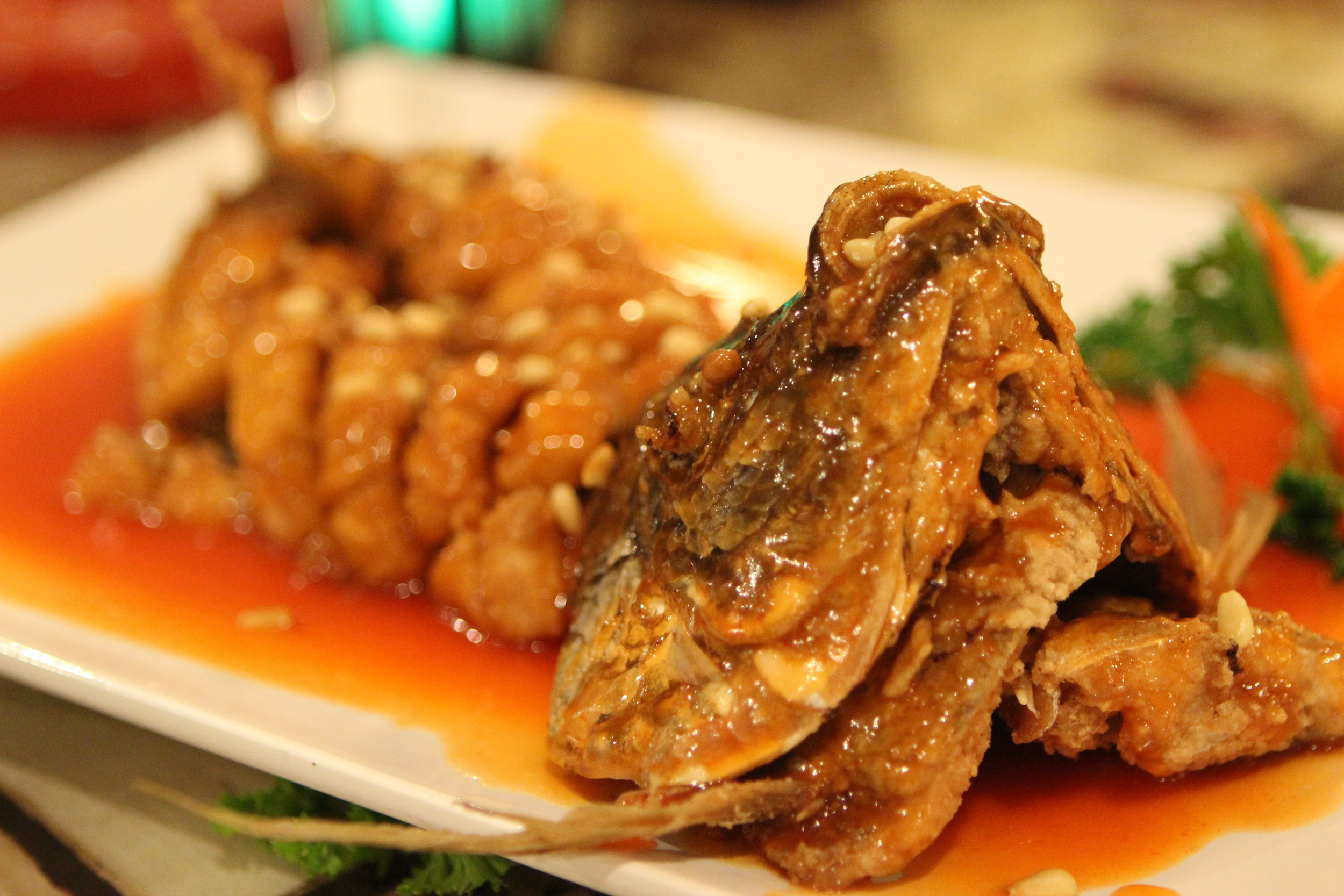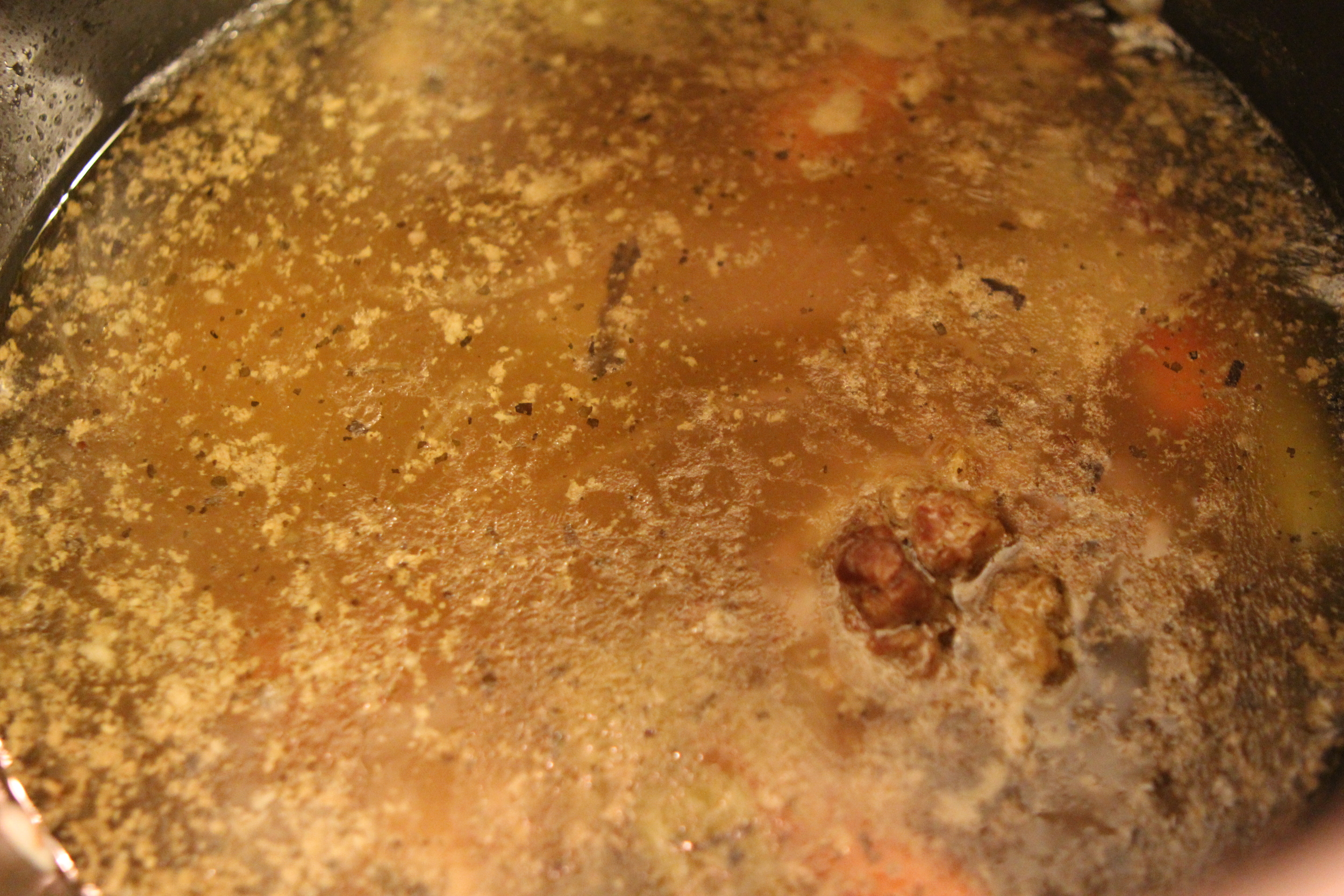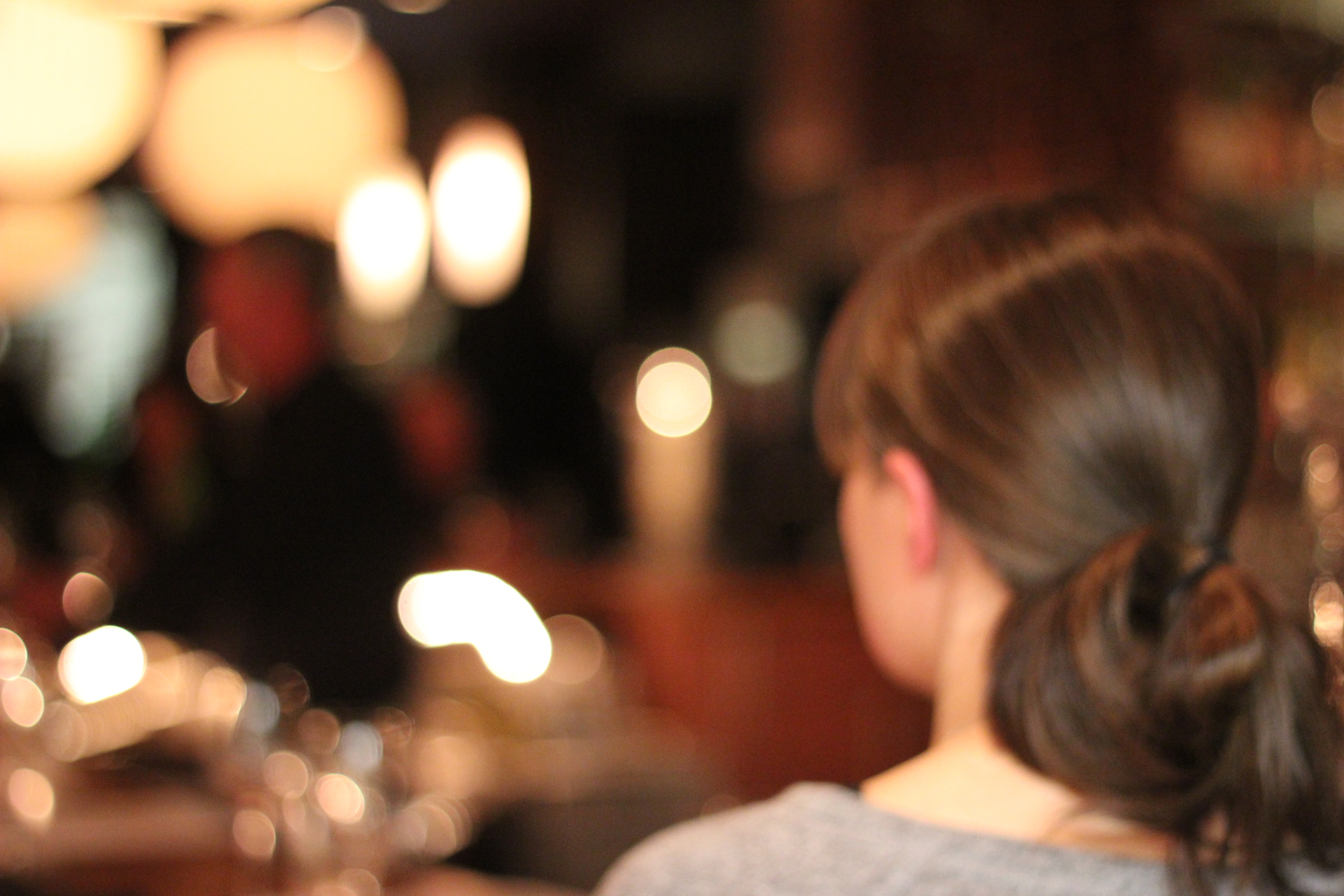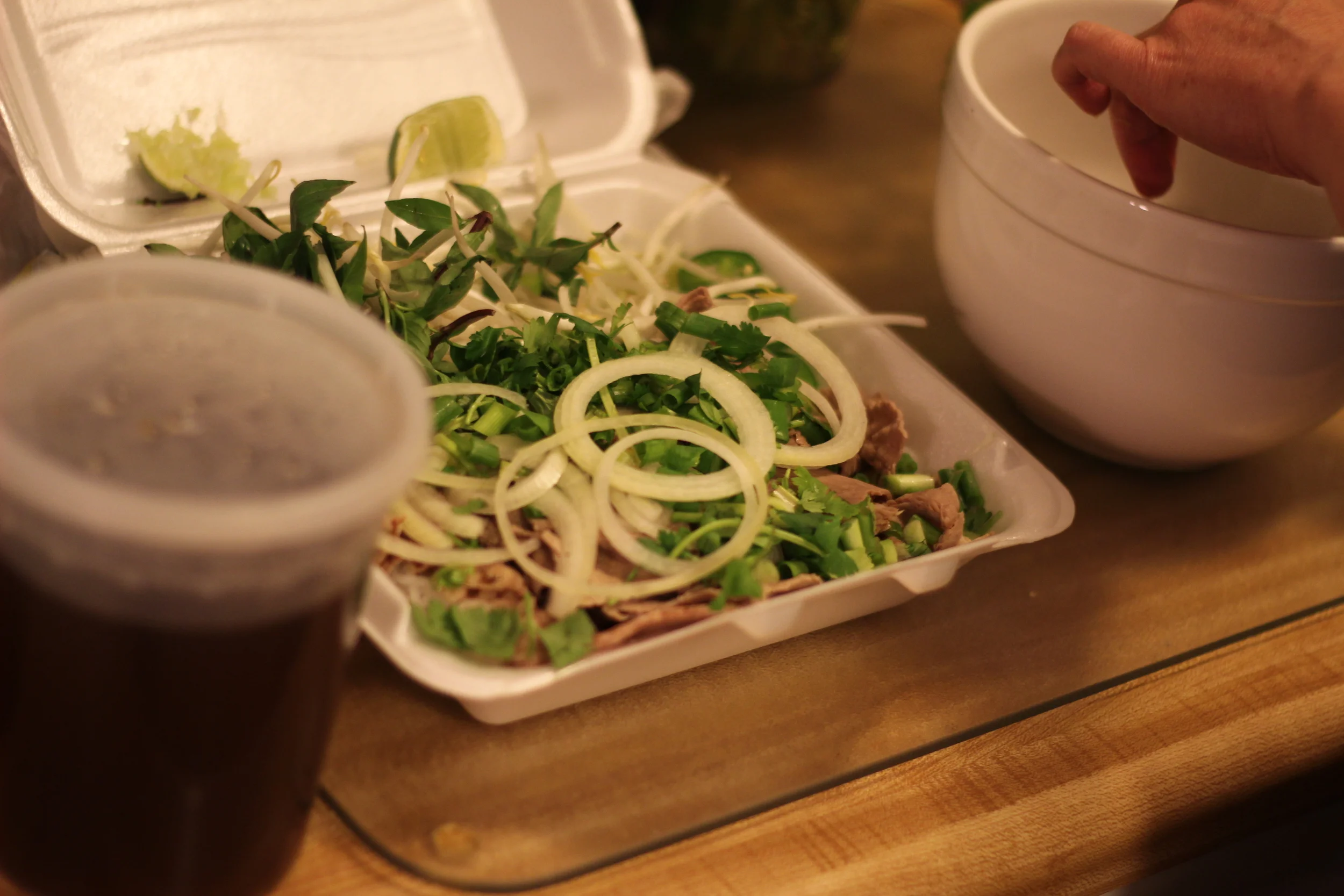It's been a few days and I've been recovering from Thanksgiving Day!
I love Thanksgiving. The idea of being able to stay home all day and just cook that meal is a great feeling. I don't do a ton of planning and things are simple. Turkey, stuffing, gravy, potatoes, and a couple sides.
When I get up in the morning I'll turn on the television to the Macy's Thanksgiving Day Parade. Every year I do this every year and then I'll complain about how it's no good, but that's a whole other story. The past two years I've been brining our turkey, it's a cider brine with savory spices, seasonings and fruit. Quartered orange and a little lemon juice; salt, sugar, clove, sage, all of it soaks into the bird for close to 16 hours. Afterwards I wash it off and pat it dry.
I'll put the turkey on top a bed of carrots, celery, onion and various seasonings. I used to stuff our turkeys but now I'll fill it with aromatics: onion, thyme, citrus, parsley. The outside is sprinkled with a few dashes of Herbes de Provence, pepper and a little bit of salt. The brine had plenty of salt so no need to add much more. I'll roast the turkey breast side down, this allows the breast to be baste in the juices from the darker parts of the bird. When the pan fills with drippings, the breast sits in this and keeps it moist. The last hour I'll flip the turkey to brown the top. The whole thing has a nice, crispy skin. Everyone loves crunchy turkey skin!
While the turkey is roasting I'll make a stock from the giblets, these will be combined with the drippings for the gravy. I used to chop up the giblets by hand but I use Shelby's immersion blender to mix up the gravy and pieces now.
We gathered all the family we could in the area and had a great dinner. Shelby made me a plate while I finished in the kitchen. All in all, it was nice. Like it always is.
See what was for dinner here.






















































































